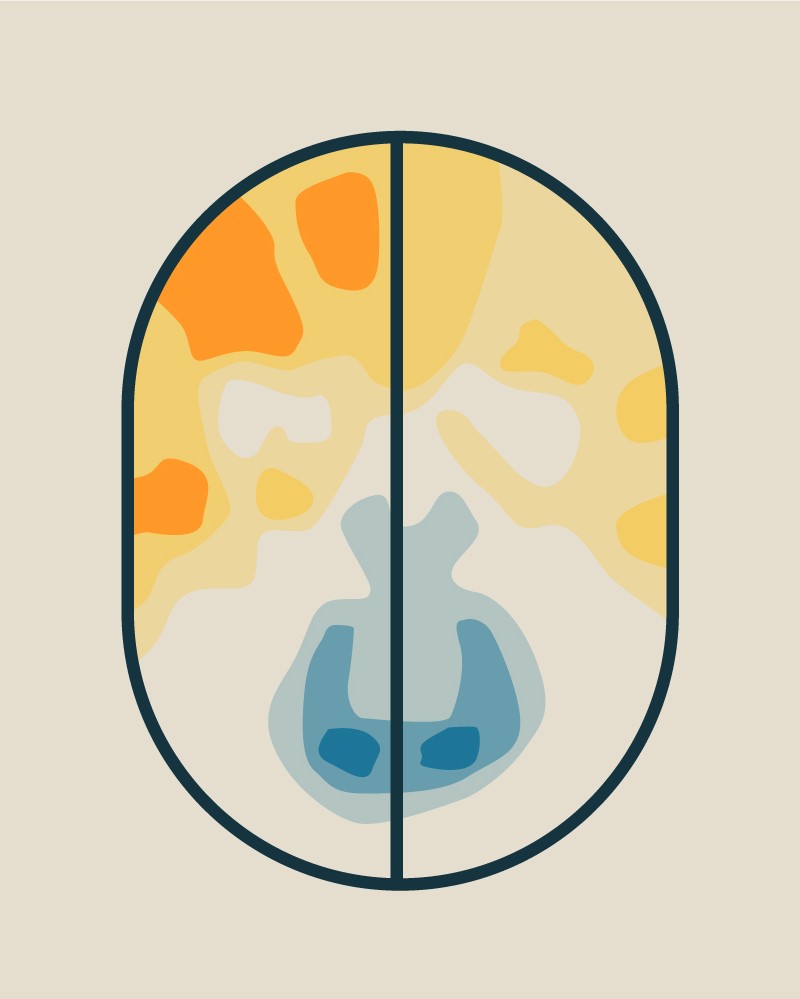24 August 2020
Researchers create a map that highlights the brain circuits associated with mania
For most lay people, mania is a manifestation of bipolar disorder, a psychiatric illness that is typically not associated with brain lesions. However, mania can also appear following a brain injury in people with no previous history of bipolar disorder. Identifying the brain circuits affected in these “lesional” cases of mania, in addition to contributing to understanding the underlying mechanisms, could help find more effective treatments for bipolar disorder. A team of scientists from Portugal and the USA have now announced significant progress in the matter.

